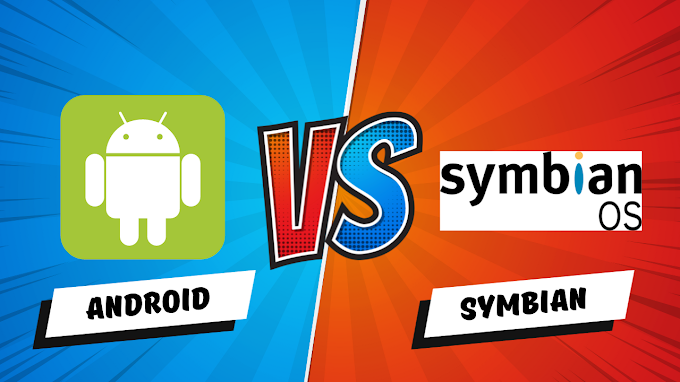In the ever-evolving world of mobile operating systems, two titans emerged, each boasting a distinct set of features and functionalities. Android and Symbian, once fierce competitors, have taken different paths, leaving a unique legacy in the smartphone landscape. Let's delve into the realm of Android vs. Symbian, exploring the characteristics that set them apart.
Origin and Evolution:
Android: Developed by Android Inc., which was later acquired by Google in 2005, Android has grown into the world's most widely used mobile OS. Known for its open-source nature, Android has undergone numerous updates, introducing new features and enhancements with each iteration.
Symbian: Originating from Symbian Ltd., a consortium of industry leaders, including Nokia, Ericsson, and Motorola, Symbian was a dominant force in the early smartphone era. While it held sway during its prime, the operating system eventually faced a decline, leading to its discontinuation in 2010.
User Interface and Customization:
Android: Renowned for its highly customizable interface, Android allows users to personalize their devices extensively. From widgets and themes to third-party launchers, Android users can tailor their smartphones to suit their preferences.
Symbian: Symbian, on the other hand, had a more standardized interface. While it offered some customization options, they were not as expansive as those found in the Android ecosystem.
App Ecosystem:
Android: The Google Play Store, with its vast repository of applications, stands as a hallmark of Android's success. Android users enjoy access to a diverse array of apps, ranging from productivity tools to entertainment.
Symbian: Symbian's app ecosystem, while once flourishing, faced challenges in competing with the rapid growth of app stores like Google Play and Apple's App Store. The limited availability of apps contributed to its eventual decline.
Multitasking and Performance:
Android: Android shines in multitasking capabilities, allowing users to seamlessly switch between apps. The operating system has evolved to support powerful hardware, catering to the demands of resource-intensive applications and games.
Symbian:Symbian was an early adopter of multitasking but faced limitations as hardware capabilities advanced. Its performance struggled to keep pace with the growing demands of modern smartphone usage.
Security and Updates:
Android: Google emphasizes security with regular updates and patches. However, the open-source nature of Android has led to fragmentation, with device manufacturers and carriers managing updates at their own pace.
Symbian: Symbian, being a closed-source system, had a more centralized approach to updates. However, the decline in market share led to diminished support and updates, leaving users with potentially outdated security measures.
In the Android vs. Symbian saga, Android emerged as the victor, dominating the smartphone landscape with its versatility, app ecosystem, and continuous evolution. While Symbian played a pivotal role in shaping the early smartphone era, its inability to adapt to changing market dynamics ultimately led to its decline. The unique features of each operating system have left an indelible mark on the history of mobile technology, showcasing the dynamic nature of this ever-evolving industry.






